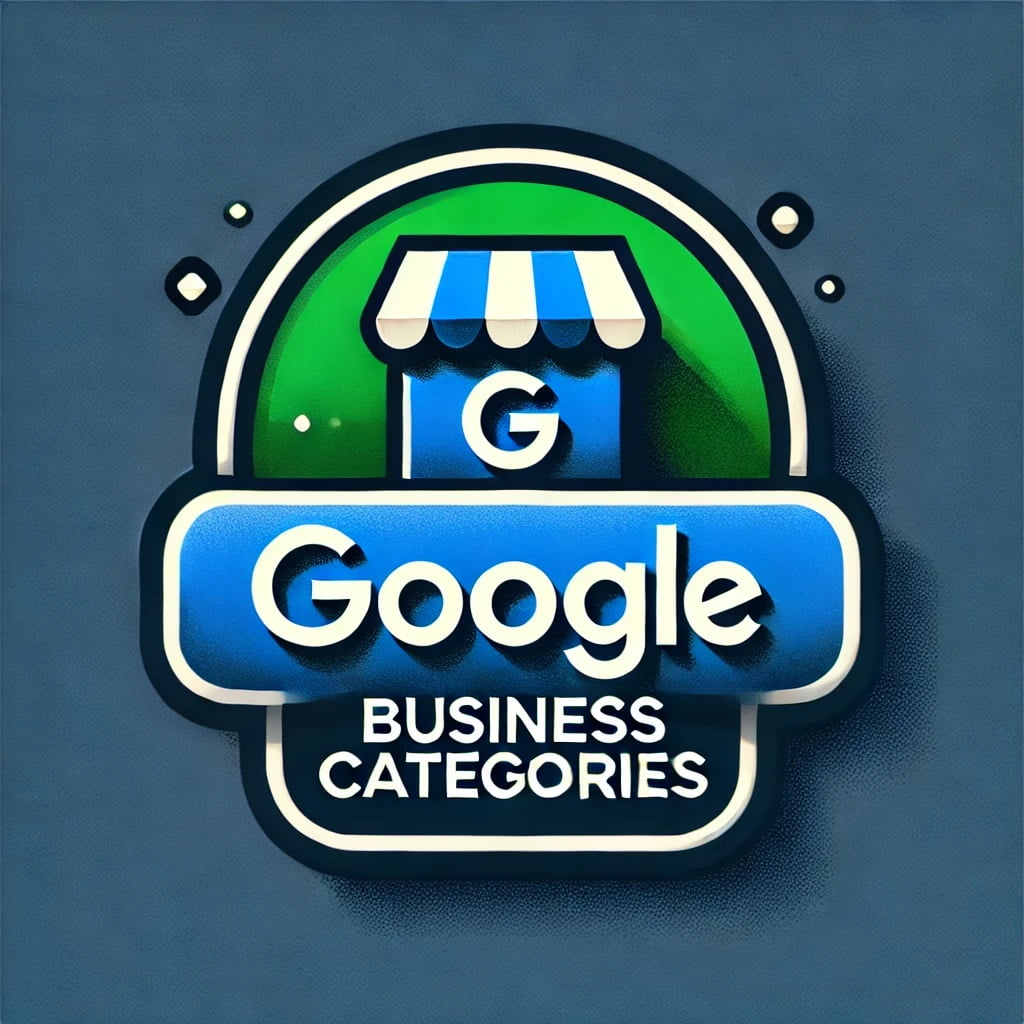Are you struggling to get noticed on Google?
Picking the right categories for your Google Business Profile can make all the difference. This guide will help you understand why categories matter and how to choose the best ones for your business.
Understanding Google Business Profile Categories
When I set up my Google Business Profile, I had to pick categories that describe my business. These categories are like labels that tell Google what my business does, helping potential customers find me more easily through searches and on maps.
Why Categories Matter for Your Google Business Profile
Choosing the right categories is essential because it directly impacts visibility. If I select the right categories, my business appears in relevant searches, reaching the right audience. This not only boosts my visibility but also brings in customers who are looking for exactly what I offer.
Primary and Secondary Categories: What’s the Difference?
In my profile, I could choose one primary category and several secondary ones. The primary category is the most important as it defines my main business activity. Secondary categories help to add more detail about what I do, covering other services or products I offer.
How to Select the Primary Category
Picking my primary category was straightforward. I thought about what my business is most known for or what brings in the most revenue. Here’s how I decided:
- Look at My Main Services: I identified what I primarily offer.
- Check Competitors: I saw what categories similar businesses are using.
- Use Google’s Suggestions: I typed my business name or main service into the category box, and Google suggested some options.
Choosing Relevant Secondary Categories
Secondary categories give additional context about my business. To choose these:
- List All Services: I wrote down everything my business offers.
- Prioritise: I ranked these services by importance.
- Match with Categories: I selected categories that fit these services.
Researching Competitor Categories
Looking at what my competitors are doing gave me a good idea of what works:
- Find Similar Businesses: I looked at businesses like mine in my area.
- Check Their Categories: I saw what categories they use on their Google profiles.
- Compare and Adjust: I used this information to choose or adjust my categories.
Using Google’s Category Suggestions
Google made it easier by suggesting categories based on my business name and activities. Here’s what I did:
- Entered My Business Name: I typed it into the category box.
- Reviewed Suggestions: I looked at the categories Google suggested.
- Picked the Best Fit: I chose the category that best describes my business.
Avoiding Common Mistakes
It’s easy to make mistakes when choosing categories. Here are some I avoided:
- Being Too Specific: I didn’t choose categories that are too narrow and limit my visibility.
- Ignoring Secondary Categories: I made use of all the secondary categories I could.
- Misrepresenting My Business: I ensured the categories truly reflect what I offer.
The Role of Keywords in Category Selection
Keywords are important but should not be the only focus. I chose categories that accurately describe my business, but kept in mind the terms potential customers might use when searching for services like mine.
How to Change Your Google Business Profile Categories
If you need to update your categories, it’s simple:
- Log In: Go to Google My Business and log in.
- Choose Your Business: Select the profile you want to edit.
- Edit Info: Click on the ‘Info’ tab.
- Edit Categories: Click the pencil icon next to the categories and make your changes.
- Save: Hit ‘Apply’ to save the new categories.
Impact of Categories on Local SEO
The right categories help you show up in local searches, which means more people in your area can find you. Accurate categories ensure you appear in searches for services you actually offer, attracting the right customers.
Tools to Help You Choose the Right Categories
Here are some tools that helped me pick the best categories:
- Google My Business Category Tool: Provides suggestions based on your business type.
- Moz Local: Shows which categories competitors use.
- Whitespark’s Local Citation Finder: Helps find relevant categories for local SEO.
Frequently Asked Questions
What happens if I choose the wrong categories?
Choosing incorrect categories can lead to my business appearing in irrelevant searches, reducing the quality of traffic.
How often should I review my categories?
I review my categories every six months or whenever I make significant changes to my services.
Can I add more than one primary category?
No, I can only have one primary category but can add multiple secondary categories.
Will changing categories affect my rankings?
Yes, changing to more relevant categories can improve my rankings by making my business more visible in relevant searches.
Can I suggest new categories to Google?
Yes, I can suggest new categories through Google My Business support, but they may not always be accepted.
Do categories influence Google Maps visibility?
Yes, correct categories help my business appear in relevant searches on Google Maps.
Final Thoughts
Choosing the right categories for your Google Business Profile is key to getting noticed and attracting more customers. By understanding the role of primary and secondary categories, researching competitors, using Google’s suggestions, and avoiding common mistakes, you can improve your local SEO efforts. Regularly review and update your categories to ensure they reflect your business accurately and help you reach your target audience effectively.

